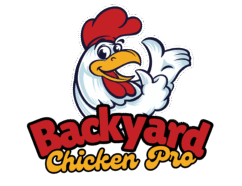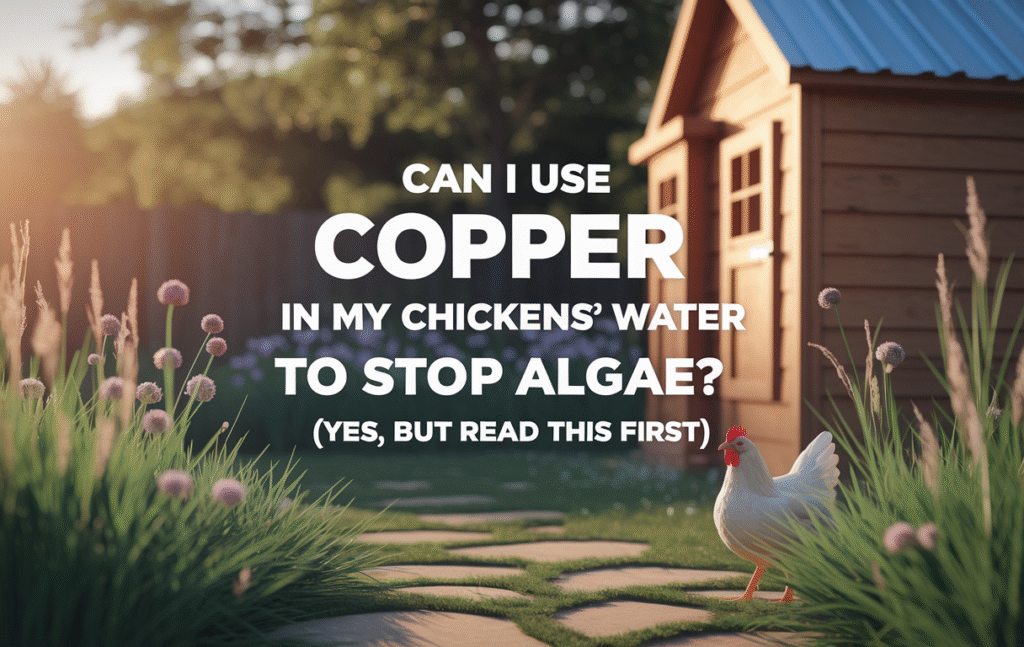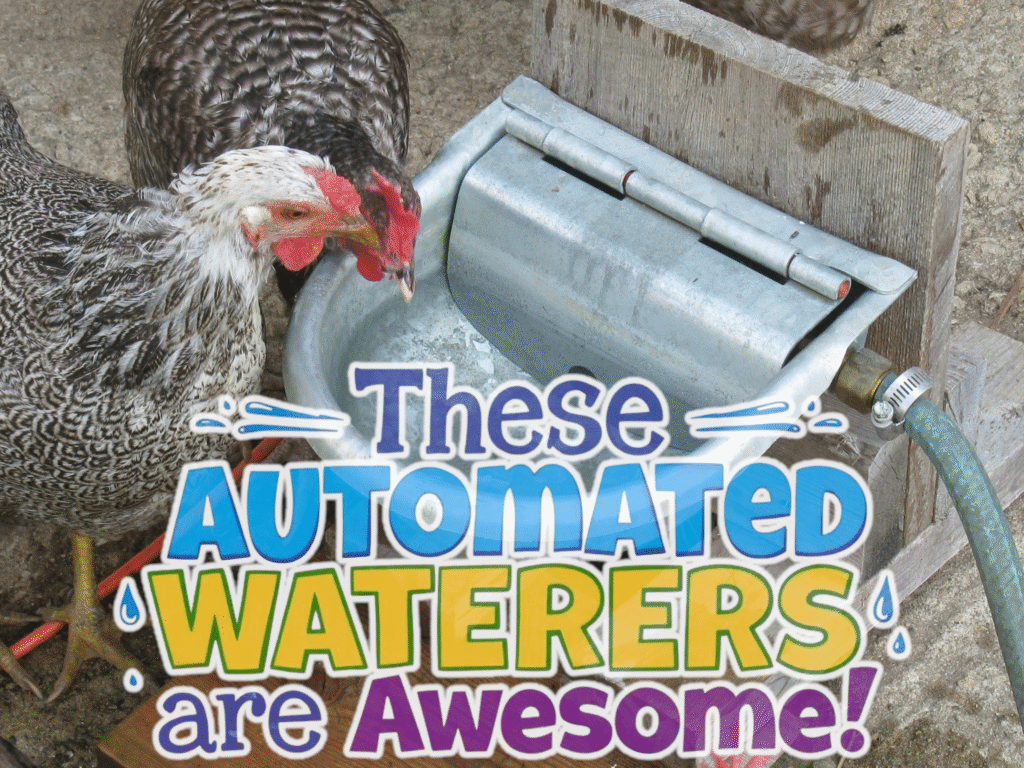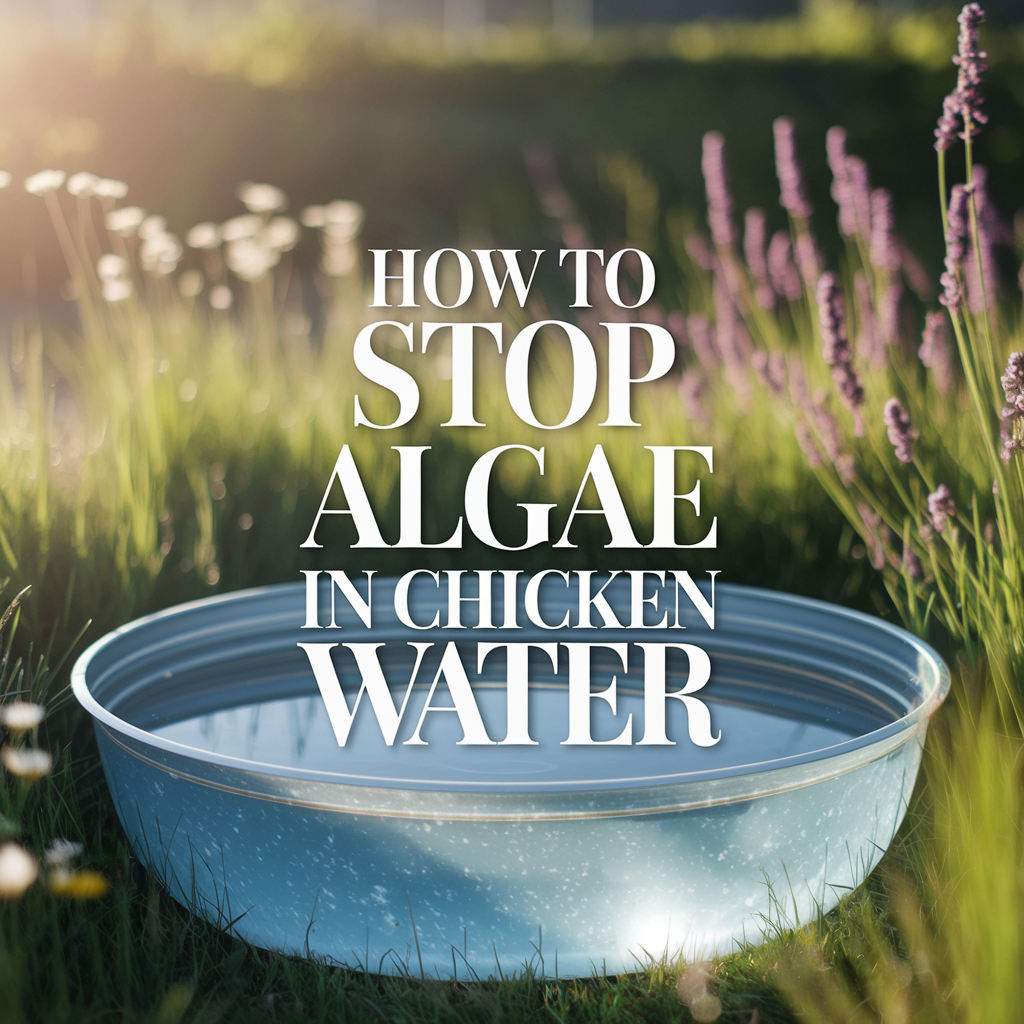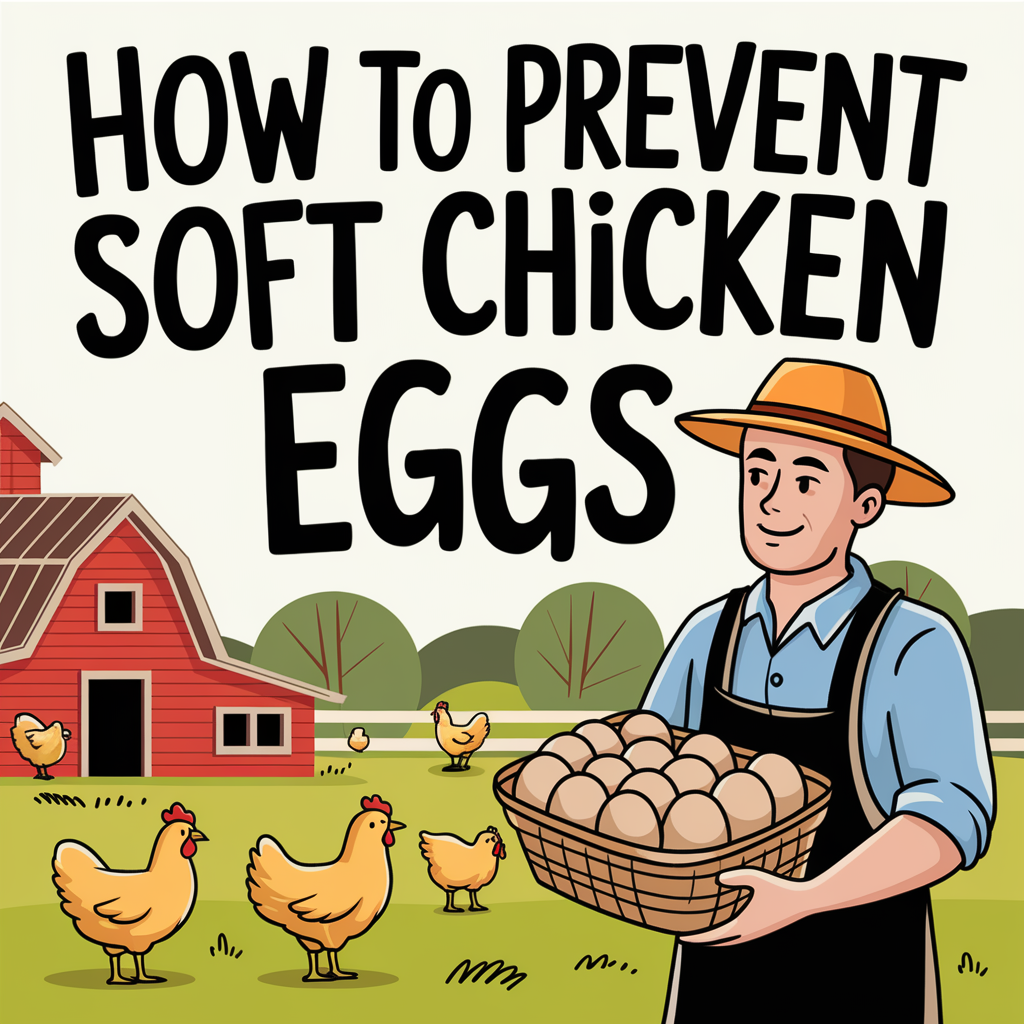
Let’s Fix Those Soft-Shelled Eggs Together
If you’re staring at a soft or rubbery egg and thinking, “why is my chicken laying soft eggs?”—you’re not alone. I’ve raised chickens for decades, and even seasoned keepers get the occasional softie. The good news: it’s usually fixable with a few practical tweaks. I’ll walk you through what I actually do in my own coop, step by step, with the calm voice of experience (and maybe a little coop-side humor).
Soft shells are your hens’ way of sending a message. We just need to listen, look, and course-correct. Let’s get you back to crisp, sturdy shells without panic or guesswork.
The Quick Answer: Top 9 Reasons for Soft-Shell Eggs
If you want the straight-to-it version before we go deep, here are the most common culprits I see when folks ask me “why is my chicken laying soft eggs?”
– Not enough calcium available, or the wrong form of calcium
– Confusing grit with calcium—hens need both, but they’re not the same
– Immature layers just getting started (their systems are still calibrating)
– Stress: heat waves, predators, overcrowding, too much chaos
– Dehydration or poor water quality
– Diet not balanced for layers (protein, phosphorus, and vitamin D3 matter)
– Recent molt or post-illness recovery
– Internal or external parasites, especially mites
– Shell disruptions after a startle or nighttime disturbance
If calcium is the issue (it often is), free-choice oyster shell usually helps fast. Many keepers see a difference within days. Here’s the exact approach that worked for me: this calcium boost gave me stronger eggs in a week—oyster shells.
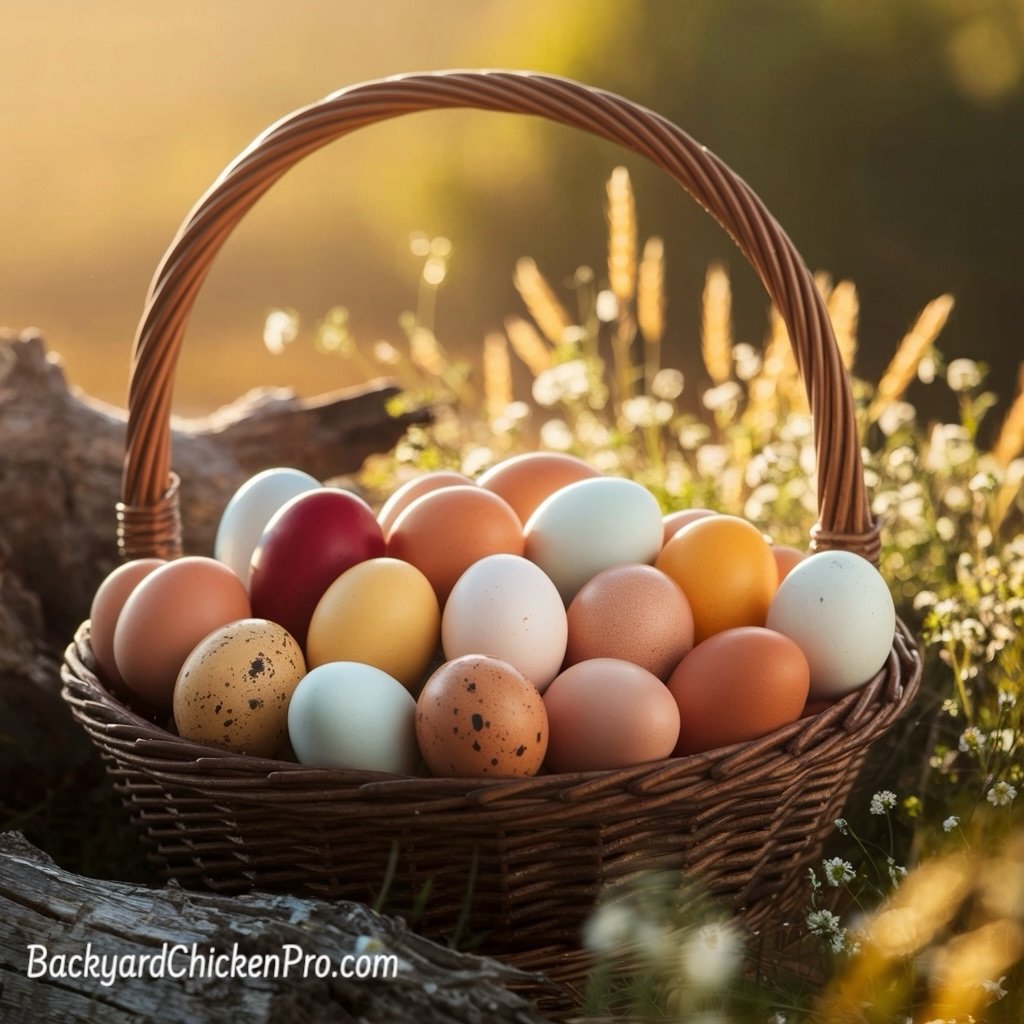
How I Diagnose Soft Shells (Step-by-Step)
I’m a big fan of simple systems. When a hen lays a soft egg, I run through this quick checklist.
1) Look at the shell and log the details
– Is it soft but has some structure, or totally shell-less?
– Is it a one-off, or happening repeatedly?
– Which hen is laying it? If you don’t know, keep a short log for a week.
Patterns tell the story. One soft egg from a new layer is normal. A string of soft eggs from an established hen means you need to intervene.
2) Audit the feed
– Are your hens on a complete layer feed (16–18% protein) formulated for laying hens?
– Are treats crowding out nutrition? If more than 10% of their daily intake is treats, you can see shell issues.
– Are you offering free-choice calcium? Oyster shell should be available 24/7.
If you’re not sure about the difference between “grit” and “calcium,” here’s a clear breakdown I often share: chicken grit vs oyster shell—what’s the difference and do you need both?:
3) Confirm grit is always available
Grit helps grind food in the gizzard; without it, hens can’t properly absorb nutrients, including calcium. If this is news or if you’re on the fence, this is a must-read: do chickens need grit? Yes—here’s why it’s non-negotiable:
4) Check water quality and access
Dehydration and poor water can undermine shell formation faster than you’d think. Dirty, green water? Algae and slime can make them drink less.
– The easy natural way I keep algae down: click here
– And about copper in waterers—can it help? Here’s a balanced look about copper in chicken water.
If refilling and cleaning is tough with your setup, the right gear can help. I’ve had great luck with these automatic chicken waterers.
5) Inspect for stress and parasites
– Any nighttime disturbances (predators, lights, noise)?
– Coop overcrowded or stuffy?
– Check under wings and around vents for mites. They sap nutrients and cause stress, both of which can lead to soft shells. Here’s the approach that saved my flock
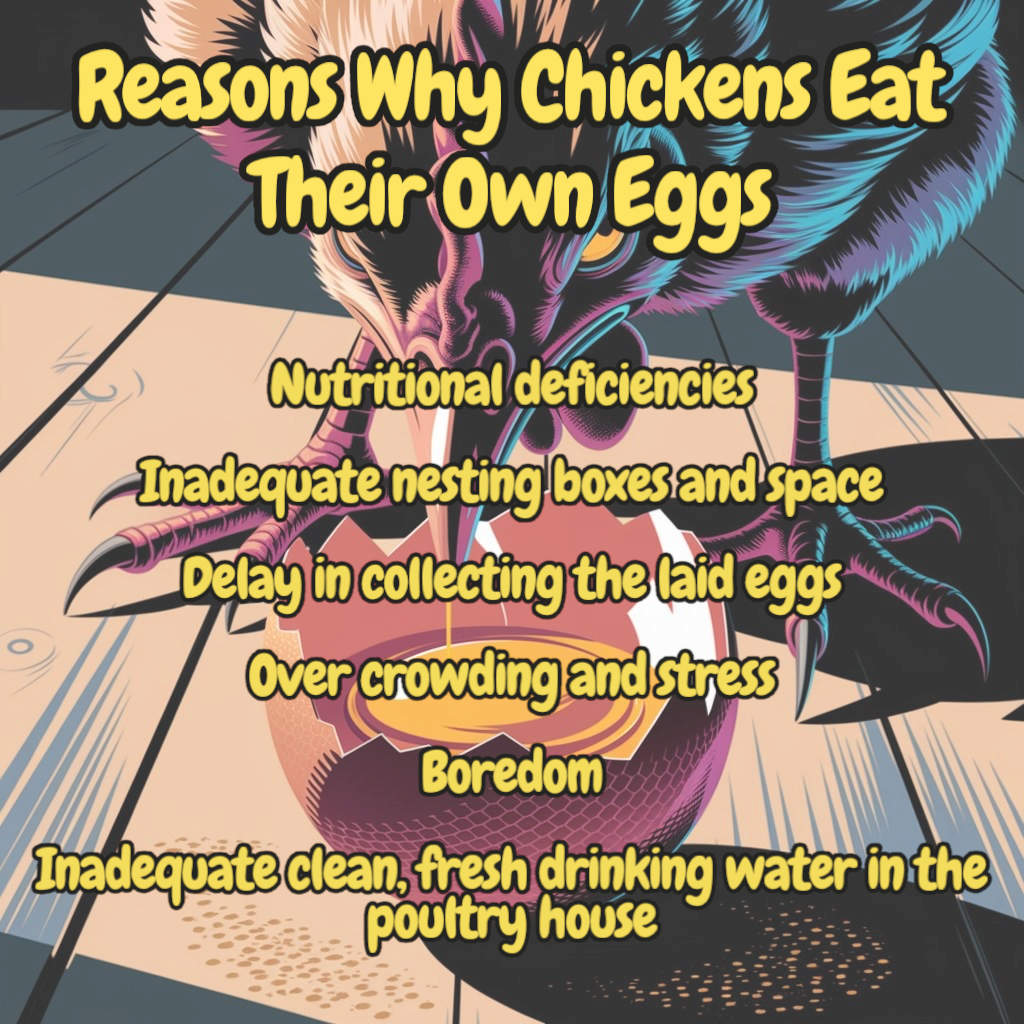
Calcium, Phosphorus, and Vitamin D3: The Trio Behind Strong Shells
Think of shells as a group project. Calcium gets top billing, but phosphorus and vitamin D3 are the teammates that make absorption work.
– Calcium: Offer free-choice oyster shell in a separate container. Don’t mix it into feed—you want hens to self-regulate.
– Phosphorus: Most complete layer feeds balance calcium and phosphorus. Keep the core feed consistent.
– D3: Essential for absorbing calcium. Sunlight helps, but commercial layer feeds also include D3. If your birds are indoors a lot or it’s wintertime, don’t worry—quality feed covers it.
Pro tip from my coop: a dedicated oyster shell feeder prevents spilling and “accidental” mixing. This two-in-one oyster shell feeder that just works is exactly the kind of simple solution I appreciate: this oyster shell feeder from Amazon.
And if you’re fine-tuning grit choices for different ages, this guide on the best chicken grit for adult laying hens is handy: best grit for chickens.
Common Scenarios I See (And What I Do)
New layers (pullets just starting)
Why is my chicken laying soft eggs right as she starts laying? Because her system is still tuning up. Give it a week or two. Keep oyster shell available and stay patient.
After a molt
Shells can get a bit funky when hens restart after a molt. Ensure plenty of protein, a steady layer feed, and free-choice calcium.
Broody hens returning to lay
It’s normal to see an odd egg or two when they come off the nest and ramp back up. Focus on calories, hydration, and calcium.
Older hens
As hens age, they can lay less frequently and sometimes with thinner shells. You can support them with great nutrition and stress reduction, but it’s also part of the natural rhythm.
Heat stress
During heat waves, hens pant and drink more—this can shift the acid-base balance that affects shell deposition. Shade, cool water, and good ventilation are game-changers. If you live where winter is the bigger battle, my crew survives without heat by using the right strategy: how to keep chickens warm in winter without electricity, and the heated water bowl that saves my chickens every winter.
Post-illness recovery
Soft eggs after an illness (or after treating a heavy mite load) are common. Focus on hydration and nutrition for a couple of weeks. You’ll often see shells normalize.

Fix-It Plan You Can Start Today (48-Hour Checklist)
I like simple, actionable steps. Here’s what I do to turn soft shells around with minimal fuss.
– Offer free-choice oyster shell immediately in a separate dish.
– Confirm your feed: a complete layer ration at 16–18% protein.
– Cut treats to no more than 10% of daily intake.
– Ensure grit is available, especially if they free-range.
– Refresh waterers; scrub away slime and algae. Consider upgrades if water stays dirty. These automatic chicken waterers are awesome!
– Boost shade and ventilation; reduce stress.
– Check for mites; treat thoroughly if you find any!
– Give them two weeks of consistency before judging results.
If your deeper question is “why aren’t my chickens laying eggs and how do I fix it?”—this guide is a terrific companion while you troubleshoot.
Longer-Term Upgrades That Pay Off
When people ask me “why is my chicken laying soft eggs” for weeks in a row, we usually find a systems issue. Here are improvements that keep shells strong long-term.
– Dedicated calcium station: Keep oyster shell accessible 24/7.
– Nest box bliss: Hens need calm, clean nest boxes to prevent egg drama. This is the nesting box setup that finally ended the egg hunt.
– Prevent egg eating: Soft eggs can break and accidentally teach bad habits. If you suspect curiosity is creeping in, here’s how I finally stopped it: prevent broken eggs
– Better hydration for you and them: The auto waterer for chickens I wish I’d bought sooner.
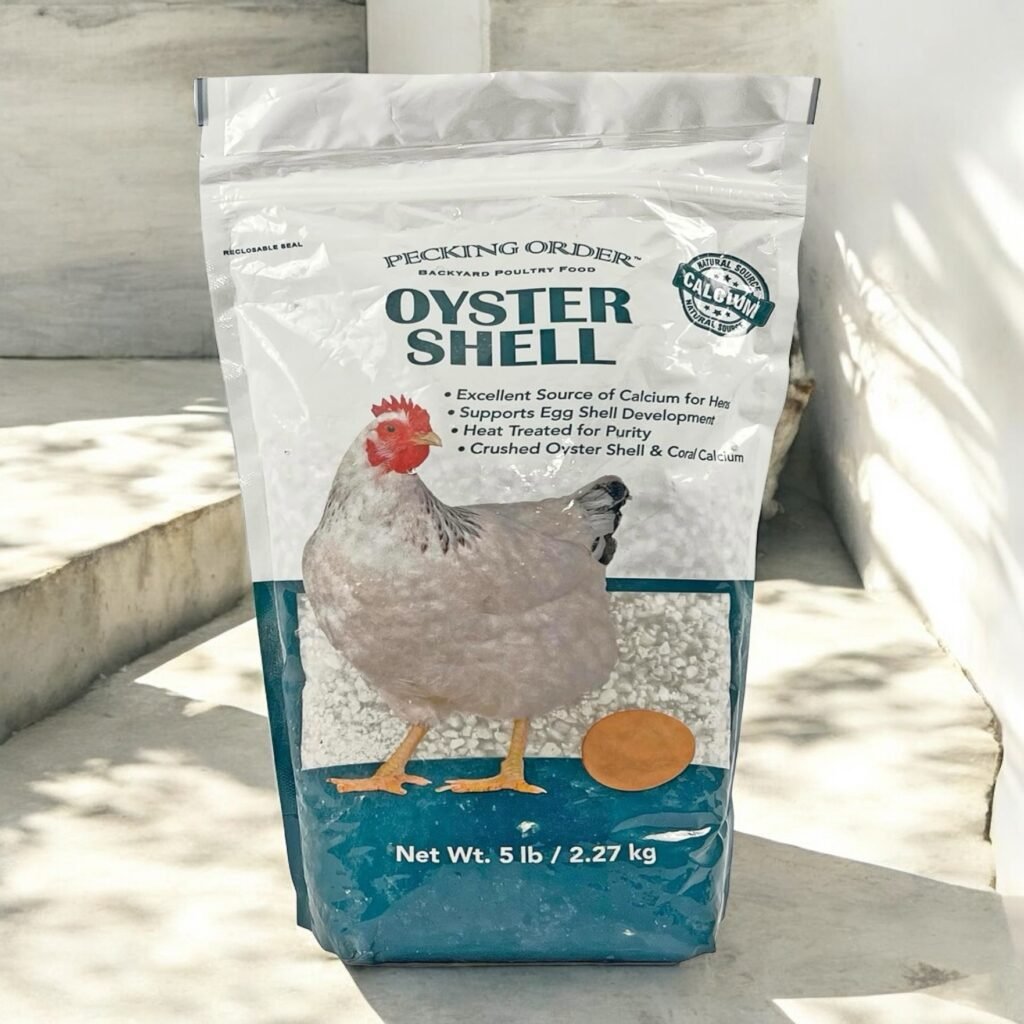
Soft Eggs vs. Shell-less Eggs vs. Wrinkled Eggs (What Each Means)
– Soft but formed: Usually a calcium or timing issue, sometimes heat stress. Often clears with oyster shell and steady routine.
– Completely shell-less (just membrane): More urgent. Check feed, water, stress, and consider a vet check if it continues beyond a week or two.
– Wrinkled or corrugated: Can be from a disturbance in the shell gland or past respiratory strain. If it’s occasional and the hen looks healthy, I monitor. If frequent, I investigate deeper.
– Thin but brittle: Calcium is getting there, but not quite. Check D3 balance (quality layer feed) and phosphorus. Keep oyster shell available.
What About Treats, Mealworms, and Free-Ranging?
Treats are fun—and useful—but keep them in check if you’re troubleshooting shells.
– Protein snacks like mealworms are great in moderation, but don’t let them replace a balanced feed. Here’s a smart, honest look at feeding mealworms—the benefits and the warnings.
– Free-ranging can improve overall nutrition (and cut feed costs). Win-win, as long as grit and calcium still stay available. If you’re considering more freedom for your flock, this breakdown helps: free-ranging chickens can cut feed costs by up to 50%!
– Remember: even free-rangers
need a solid base diet from layer feed.

When to Call the Vet
Most “why is my chicken laying soft eggs” situations resolve with better nutrition, cleaner water, and less stress. But call a vet if you see:
– Persistent shell-less eggs for more than two weeks
– Lethargy, off feed, or puffed-up posture
– Straining, tail pumping, or signs of egg binding
– Bloody vent, prolapse, or a bad odor
– Sudden drop in laying across the flock plus respiratory symptoms
Your gut instinct matters. If something feels off, it’s okay to seek help. I’ve done it plenty of times, even after decades.
FAQ: Short, Straight Answers
How much oyster shell should I give?
Offer it free-choice in a separate dish at all times. Hens will self-regulate—some days they’ll ignore it, other days they’ll chow down.
Can I just crush eggshells instead?
Yes, baked and crushed eggshells can supplement calcium, but I still recommend oyster shell for consistency and reliable absorption. I’ve had near-instant results with oyster shell!
Do they need grit if they’re on commercial feed?
If they’re confined and only eating crumble or pellets, less so. But the moment they get whole grains, treats, or forage, grit becomes essential.
Could bad water cause soft shells?
It can contribute. Chickens drink less when water is dirty or slimy, which can affect shell quality. Prevent algae the simple way.
Curious about copper? Read this first.
Is heat the reason my hen started laying soft eggs?
Very possibly. Heat stress is tough on shell formation. Give abundant shade, cool water, and excellent airflow.
My hens stopped laying altogether. Related?
Sometimes. Stress, molt, or diet issues can cause both a laying pause and soft shells. Start here for a full reset: why aren’t my chickens laying eggs and how to fix it?
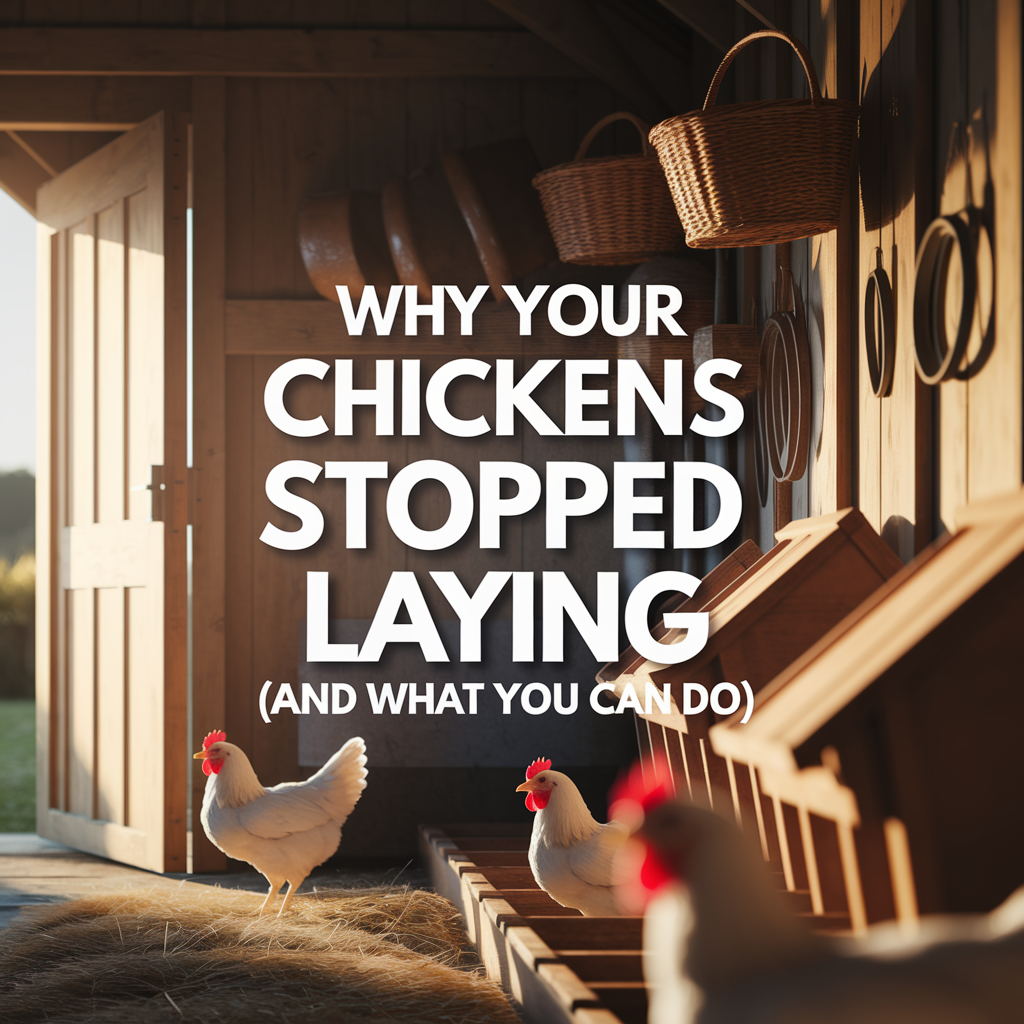
My Gentle Nudge: Keep Notes, Be Patient, Celebrate Small Wins
If you came here wondering “why is my chicken laying soft eggs,” I want you to leave with a breath of relief. You’ve got this. Give your hens steady feed, clean water, a calm coop, and free-choice calcium. Simple tweaks often deliver fast results—I’ve watched thin shells turn solid within days once the root cause was addressed.
A little humor helps too. Chickens keep us humble. They’ll make us worry, then surprise us with an egg the exact color of sunshine the very next morning. Keep notes, trust your process, and don’t be afraid to adjust and observe.
When in doubt, I go back to basics:
– Balanced layer feed
– Free-choice oyster shell and grit
– Clean, accessible water
– Space, shade, and airflow
– Calm, predictable routine
If you’re still asking “why is my chicken laying soft eggs” after a couple of weeks of doing the above, loop in a vet and keep a close eye on your hens’ overall health. But nine times out of ten, with the right care and a bit of patience, you’ll be back to beautiful, strong shells before you know it.
From one chicken keeper to another—cheers to healthy hens and sturdy shells. Keep me posted on how it goes.
As an Amazon Associate we earn from qualifying purchases through some links in our articles.
